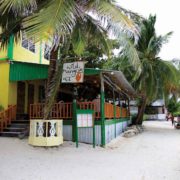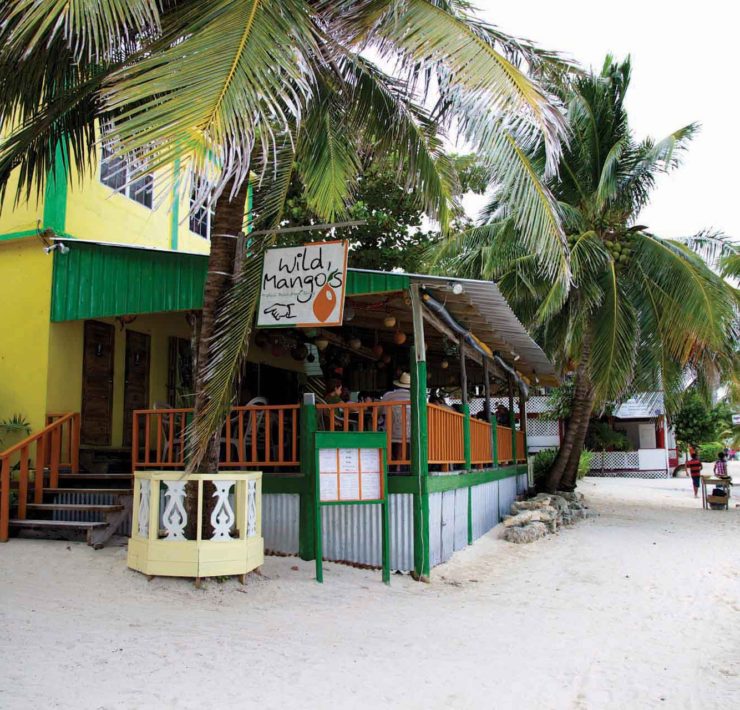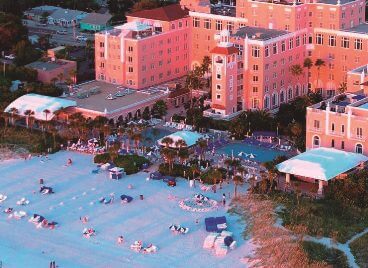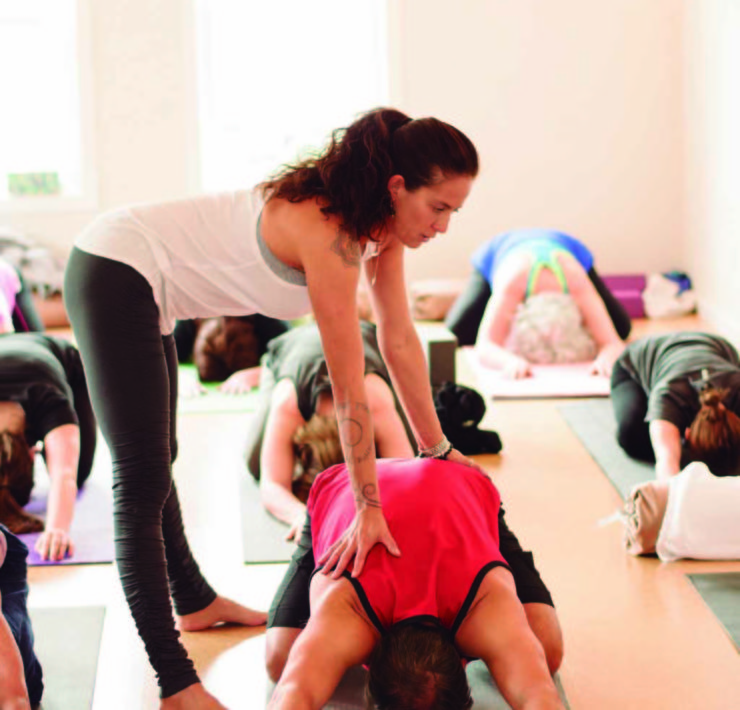Ananda in the Himalayas A Spiritual Journey
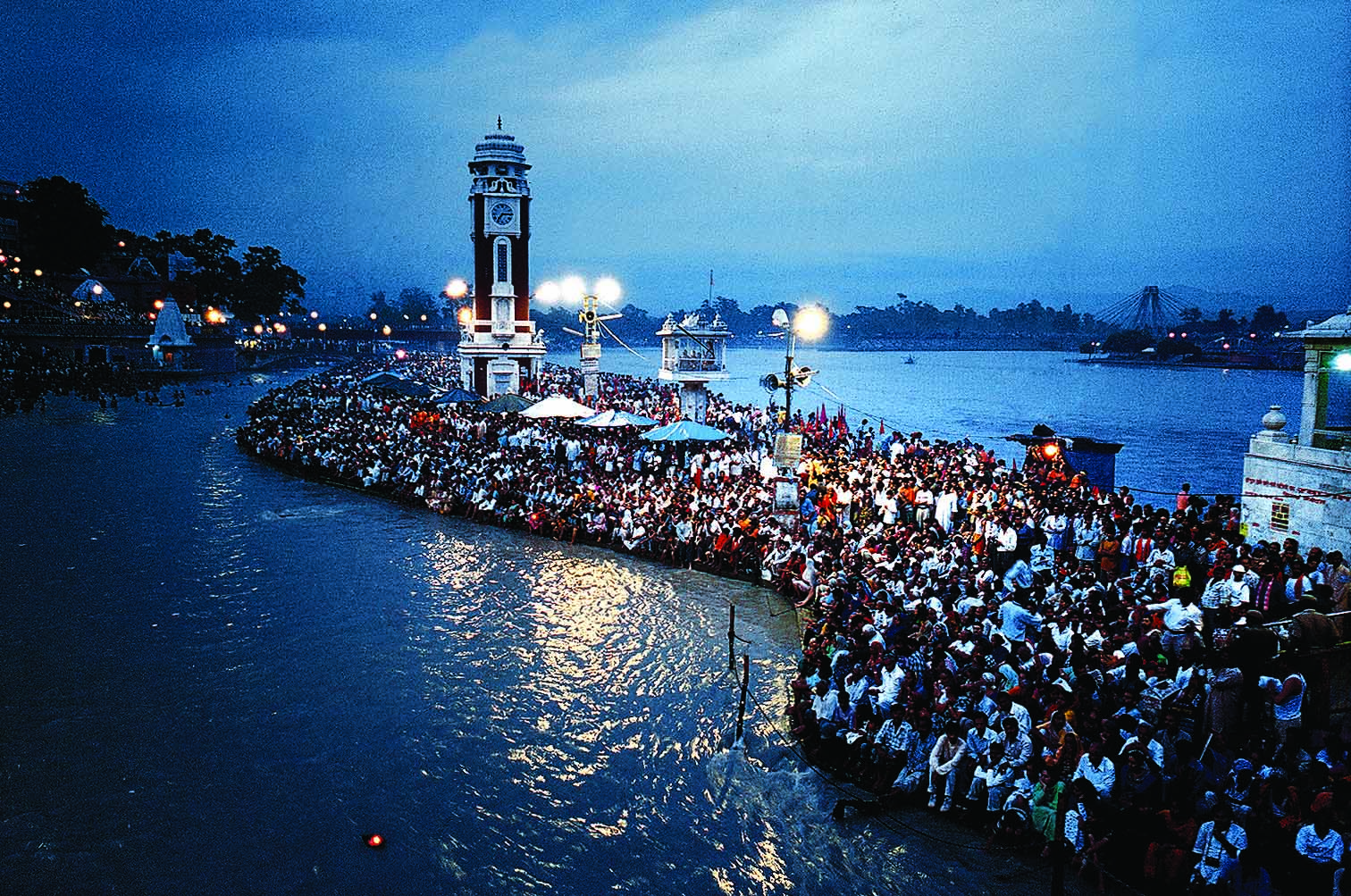
Lynn Burshtein is a Toronto-based lawyer and freelance travel writer…
“God is the creator, not a manager. He wants humans to manage their own lives.”
. . . So read the passage printed on the lunch menu at Ananda in the Himalayas, India’s top destination spa and one of the world’s best. The quote is a subtle reminder to guests to choose wisely from the extensive list of culinary options on offer. A more blatant statement might have read, “Skip the paneer, naan bread, and chocolate cake, and order from your dosha menu instead.”
At Ananda, healthy eating is equated with a customized Ayurvedic diet. This ancient Indian philosophy believes that a person’s constitution is comprised of one of three primary doshas: Vata, Pitta, or Kapha. The attributes of these, and their particular combination within each, are responsible for one’s physiological and emotional balance. Accordingly, an imbalanced dosha is the cause of most illnesses. At Ananda, each Vata, Pitta, and Kapha menu is carefully crafted to address the needs of each particular body type. Food groups, including whole grains, fresh produce, lean proteins, and low-fat dairy products, along with seasonings or spices, are combined to achieve optimum balance for each guest.
The concept of the Ayurvedic diet was just one of the things that Sweat Equity Editor Debra Antwi and I learned about on our recent visit to Ananda. The holistic wellness spa opened our eyes to many tenets of healthy living. Traditional Indian practices of Hatha Yoga; pranayama, or yogic breath work; and meditation were included during Debra’s week-long Yoga Program, while the Active Program I signed up for also included a series of glorious morning hikes and personal training sessions. (Detox, Weight Management, and Stress Management spa packages were also offered.) Rounding out our customized programs were group fitness classes, sunset walks, and life lessons known as Vedanta (more on that below). Of course, the highlights for most guests are the therapeutic spa services, which include a wide variety of Ayurvedic and Tibetan treatments, as well as popular international treatments.
Our experience at Ananda was transformational. Yes, it is a luxury retreat: Prince Charles, Oprah, Bill and Melinda Gates, and other A-listers are among its clientele. But this can be said of many upscale destination resorts around the world. Ananda’s differentiator is a spirituality that is uniquely tied to its environs. Ananda (a Sanskrit word meaning bliss) is situated in the foothills of the Himalayas, hovering above the city of Rishikesh. Rishikesh is a central hub for yogis but is probably most famous for being the place where the Beatles travelled in the late 1960s to learn Transcendental Meditation. (After spending a few days here, it’s easy to imagine how this setting inspired some of the Beatles most thoughtful work.)
Our pilgrimage to Ananda in the Himalayas was a lengthy one. After a 45-minute drive from Jolly Grant Airport in Dehradun (via Toronto-New York-New Delhi, where we stopped for a day and a half), up a steep and winding road, we arrived slightly dishevelled. A formally dressed guard greeted us at the spa’s Viceregal Palace gates. We were then led to check in at the formidable reception area in the opulent main building (a former palace of the Maharaja of Tehri Garhwal), where there were candles lit and incense burning. After being shuttled to our suites (old world in style but roomy, with comfy beds and modern bathrooms), we were each provided a set of white cotton kurta pajamas, which comprised the entire week’s wardrobe for most guests. (Another unique aspect of our orientation: before leaving us to unpack, we were advised to keep our balcony doors locked at all times, lest any of the resident monkeys invite themselves in.)
We underwent an initial consultation with the spa’s Ayurvedic doctor, Dr. Mathew; he determined our dosha by taking our pulse and asking a series of questions (the results determine which menu guests should follow). We were then provided with our itinerary. As busy as our days were, the guest suites, spa building, pool, and restaurant were adjacent to one another, making it easy to move from one activity to the next. The spa’s 200 or more staff members greeted guests with a gentle “Namaskar” and helped us navigate the property and components of the program whenever required.
The property’s grounds were peaceful and scenic, made green with numerous trees, plants, and bamboos. A couple of preening peacocks (India’s national bird) acted as the property’s unofficial ambassadors. The idyllic setting lends itself to a kind of tranquility that seemed to envelop each guest after only a couple of days. Spiritualism is incorporated into virtually every aspect of the programs, even the hiking trips. For example, the three-hour hike to the Kunjapuri Temple was special, not only because of the snow-capped Himalayan Mountains, stunning yellow mustard fields, and brilliant blue sky, but also because of the visit inside the holy shrine located atop a mountain peak. The numerous cows, goats, and horses meandering through the hiking trails enhanced the otherworldly experience.
Also significant to this spiritual journey were the twice-daily Vedanta classes. This ancient religious philosophy forms the foundation of Hinduism but is relevant to all religions and cultures. Instructor Sekharendu Gupta of the nearby Vedanta Academy provided insightful lectures on topics such as “The Ego and How to Deal with It,” “Stress: Source and Solutions,” and “Givers versus Takers.” Gupta’s sessions were lively and enlightening – and surprisingly relatable to everyday life.
Group yoga classes and private sessions were staples at Ananda, and you don’t have to be an advanced yogi to take advantage of the expertise offered. Through the slow, guided Hatha Yoga sessions, the nimble instructors only pushed slightly beyond our comfort level. The goal is to improve one’s practice, but not to the point of overexertion.
As noted, meals were based on the wellness principles of Ayurveda – though this certainly didn’t result in bland dishes. The dosha menus included exotic and tasty appetizers, such as Tomato Ragout, Grilled Aubergine Salad and Apricot Relish; mains like High-Protein Gram Pancakes with Mixed Vegetables, Red Pepper Sauce and Beets on the side; and Mint and Cumin Watermelon shooters. [debra can you clarify the menu items? I can’t tell where one begins and the last one ends] There were specialized menus for people on detox programs, as well as locally inspired cuisines, and Italian, Mexican, and Asian options. Suffice it to say, we never felt deprived, though admittedly, we didn’t exactly adhere to our respective dosha diets at all times (#sorrynotsorry, as they say on social media).
Classes and meals were interspersed with spa treatments located in the main pavilion, which was run with efficiency, friendliness, and precision under the watchful eye of Spa Manager Ritu Srivastava. Treatments veered from relatively mainstream options to the more novel (at least to us from North America). The shirodhara involves a stream of oil being poured on the “third eye” (the central part of your forehead); Pizichil is an indulgent, rejuvenating experience in which two therapists simultaneously massage the entire body with slow and rhythmic movements; they use warm herbal oils beneficial for strengthening immunity, lubricating joints, and increasing flexibility. Another treatment is the Hatha yogic technique of jal neti, which uses luke warm saline water as part of a nasal passage detox to help the sinus and throat. Having signed up for the Active Program, the bulk of my treatments were more mainstream, like the deep tissue massage. Call me chicken, but I was fine with more conservative choices. But I did experience a few specialized treatments, such as reflexology and the signature Ananda Touch, where a blend of warm sunflower and wheat germ oil with rose is applied to the back, shoulders, neck, and scalp to help alleviate tension and encourage deep breathing. This produced a very calming effect. The schedule also permitted us ample opportunity to relax by the resort’s lovely outdoor pool.
Remote in its location and luxurious throughout, Ananda is atypical of most travel to India. Those visiting here for the first (and possibly only) time would be remiss to travel such a far distance without spending a least a couple of days in New Delhi and visiting the Taj Mahal (see sidebar for options). Still, the Ananda experience is not necessarily confined to the secluded property. Day excursions led by Ananda’s Dinesh Dhanai — a veteran hike guide who has been with the spa since its inception in 2001— are available and provided us with an authentic local experience. Our trip to nearby Rishikesh to see the ashrams and partake in the sundown ritual (called the Ganga Aarti) was memorable. Here locals assembled on the banks of the holy River Ganga to chant, sing, and offer prayers to God. The moving ceremony surrounded a fire with lit candles flowing down the Ganga. Afterward, we took a stroll through the street markets to shop for local wares.
Ananda attracts those seeking a proactive approach to managing their health and well-being in a uniquely spiritual way. It is not the place for quick-fix weight loss and boot camp programs so common at destination spas in North America. It is a one-of-a-kind destination spa with many lasting effects on the mind, body, and soul.
What's Your Reaction?
Lynn Burshtein is a Toronto-based lawyer and freelance travel writer focusing mainly on wellness travel. Lynn has had the opportunity to visit some of the finest destination and health spas around the world. When not working or traveling, Lynn enjoys hiking, watching movies, and hanging out with friends and family.



